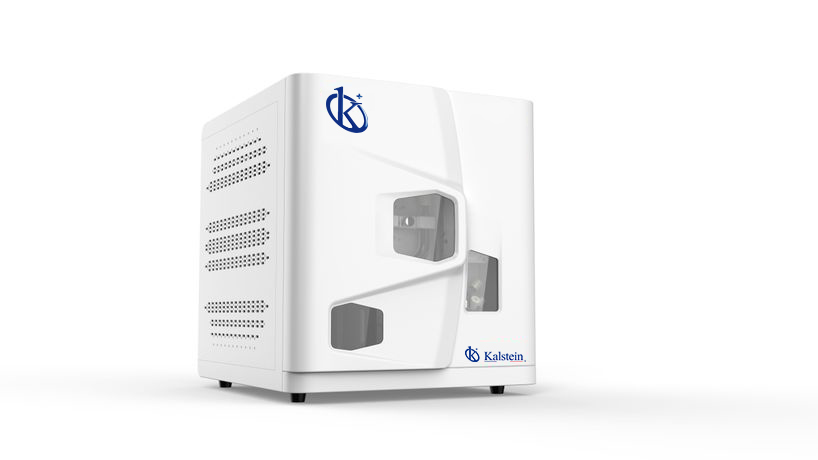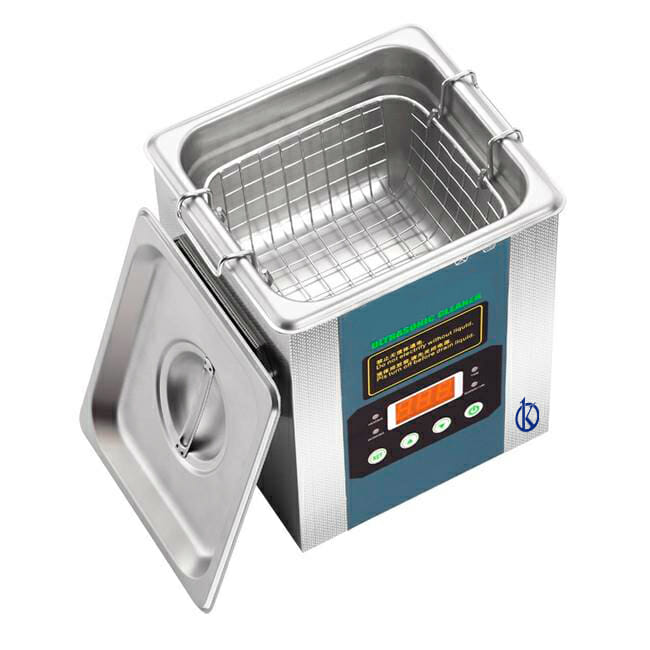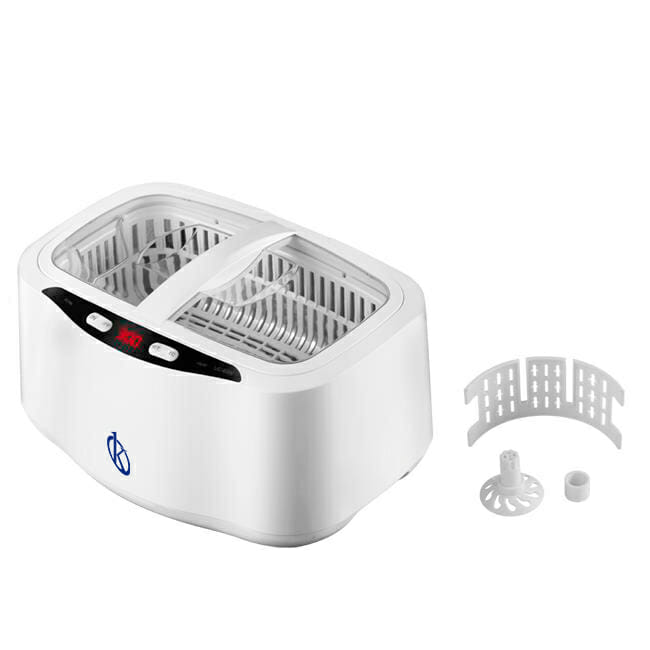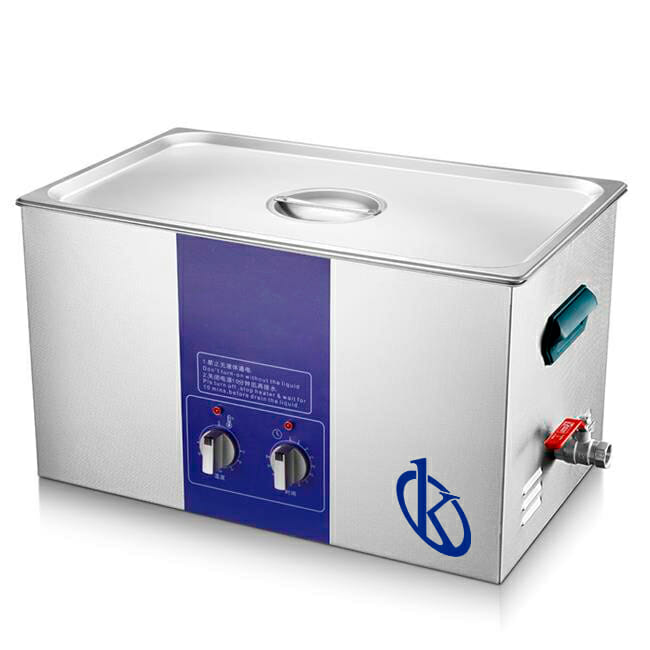In the world of environmental science and water quality monitoring, the Total Organic Carbon (TOC) Analyzer has become an indispensable instrument. This powerful device detects, measures and analyzes the total amount of organic carbon present in a water sample. However, the challenge does not end with the collection of the results; the real skill lies in the correct interpretation of the results.
It means that if the Total Organic Carbon Analyzer results show an increase in TOC level over time, it can be inferred that water quality is declining or that treatment methods are not working properly. On the other hand, if a decrease in TOC is observed, this could indicate an improvement in water quality or an efficacy in the treatment method.
What does the Total Organic Carbon Analyzer data mean?
The results produced by a TOC can seem overwhelming at first, however, they are less intimidating once you understand what they are actually measuring. The device performs a high-temperature combustion of water samples to break down the organic and inorganic components. Through this process, it calculates the total amount of carbon present.
TOC, measured in milligrams per liter, includes both the carbon present in organic compounds (such as proteins, acids, alcohols and pesticides) and the carbon present in dissolved carbon dioxide. However, in a standard TOC analysis, the amount of inorganic carbon dioxide is removed prior to measurement, meaning that the final reading represents only the amount of organic carbon (i.e., from living material) in the sample.
Interpreting TOC results and their relationship to water quality
The interpretation of Total Organic Carbon Analyzer results is highly dependent on the reason and application of the analysis. Generally speaking, a high TOC concentration in a water sample indicates a high level of organic contaminants, which could be an indicator of poor water quality. Therefore, TOC values are often used as a general indicator of water quality, and changes in TOC can be used to monitor the effectiveness of water cleaning and filtration techniques.
In the pharmaceutical industry and ultrapure water production, for example, extremely low TOC (less than 10 ppb) is sought after, as even small amounts of organic carbon can interfere with manufacturing processes. Conversely, in wastewater analysis, higher TOC (often in the hundreds or thousands of ppm range) indicates more contamination.
Kalstein Conclusion
In conclusion, the Total Organic Carbon Analyzer is a valuable and essential tool in water quality monitoring. The data it provides is invaluable in understanding the organic content of a water sample, but only if it is correctly interpreted. Understanding the role of organic carbon in water and its relevance in different contexts is crucial for making informed decisions based on TOC results.
If you want to buy at the best price, visit us HERE where you will find the different Kalstein YR models of TOC analyzers, which are available for any requirement of health centers, in addition to having the best advisors to accompany you during the purchase process. We at Kalstein as a manufacturing company, also have for you a 3D platform, where users, manufacturers and distributors can sell, rent or offer new or used equipment anywhere in the world, enjoy being seen, you are more.




